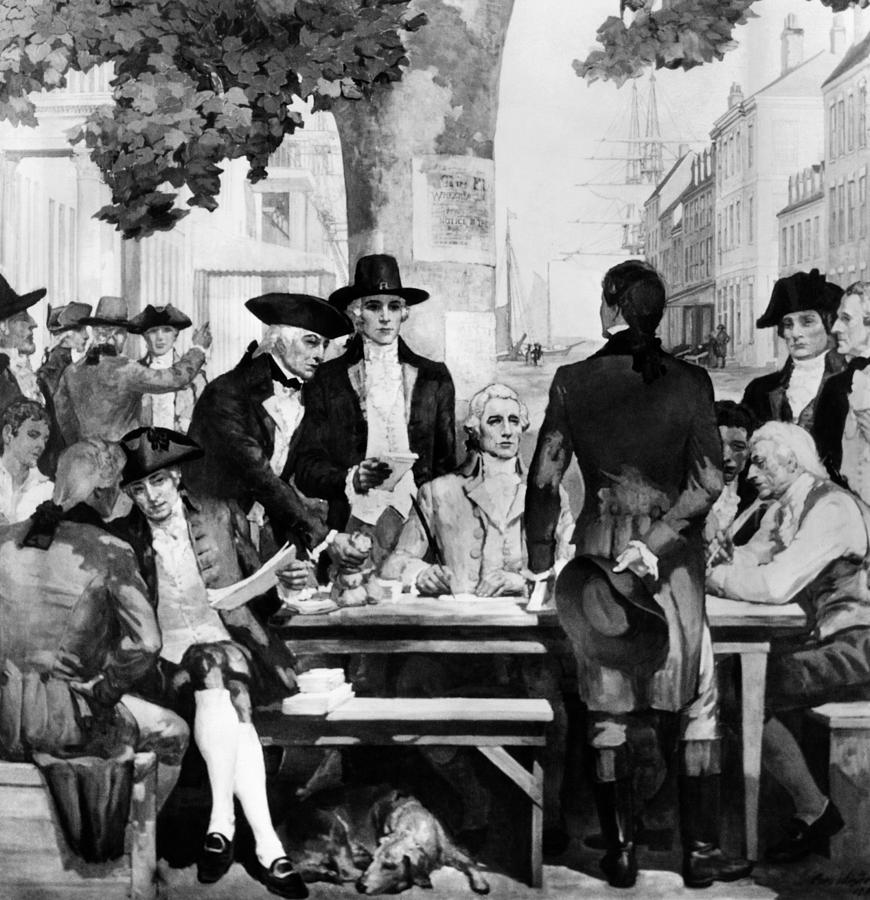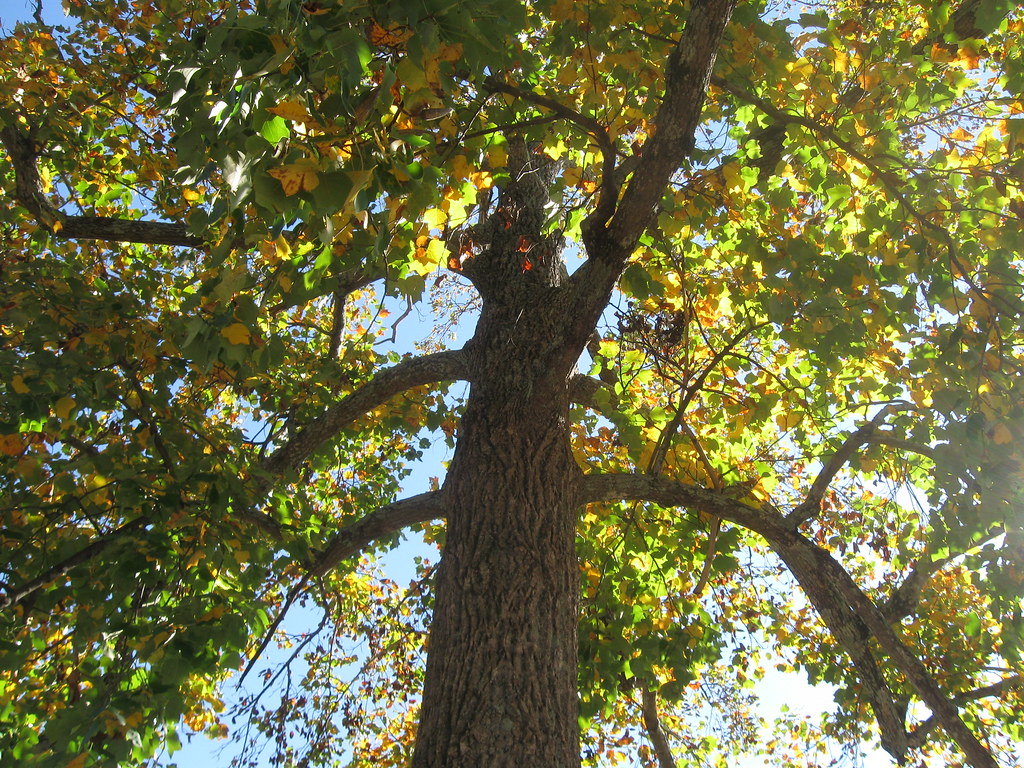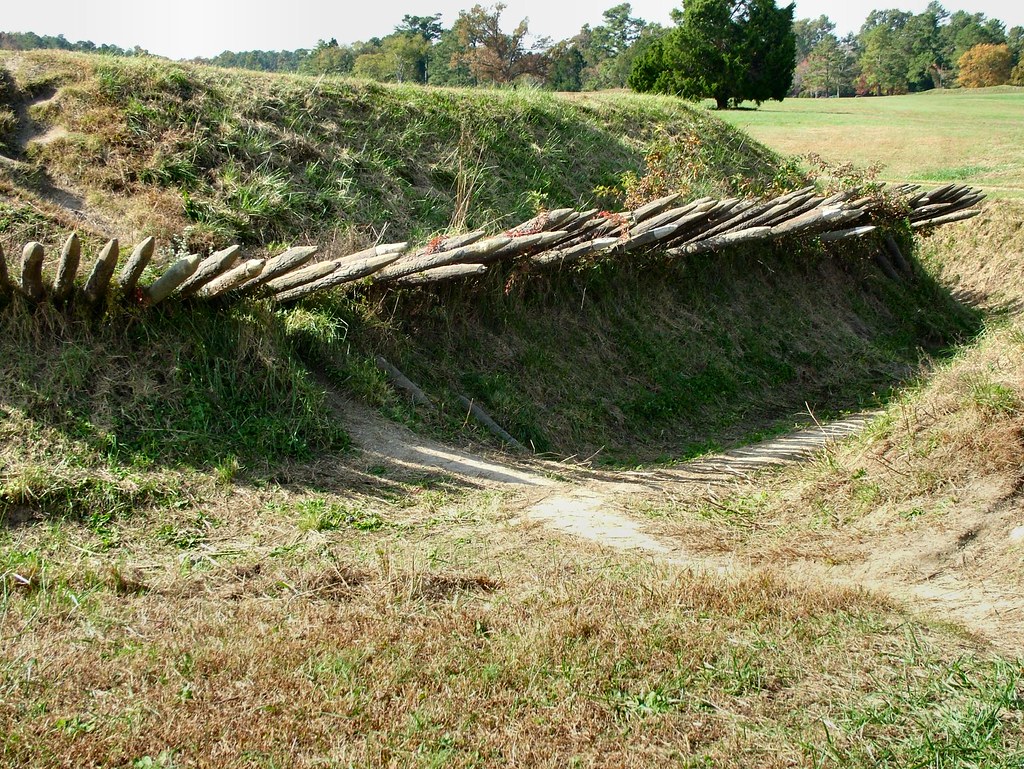Friday Fun Facts - 8/30/2013

Here are this week's Friday Fun Facts about Diana Gabaldon's books.

1) The photo above, from Wikipedia, shows borage (Borago officinalis), also known as starflower.
We took a different way down, crossing the roof to an outer stairway that led down to the kitchen gardens, where I wanted to pull a bit of borage, if the downpour would let me. We sheltered under the wall of the Castle, one of the jutting window ledges diverting the rain above.According to the description in A MODERN HERBAL (published in 1931, and one of Diana Gabaldon's main reference sources), borage has been used since ancient times "for the comfort of the heart, for the driving away of sorrow and increasing the joy of the mind." It acts as a demulcent (good for sore throats) and a diuretic (promoting increased kidney function). Borage is also an edible plant, high in omega-6 fatty acids as well as other nutrients. The leaves are said to taste like cucumber.
“What do ye do wi’ borage, Sassenach?” Jamie asked with interest, looking out at the straggly vines and plants, beaten to the earth by the rain.
“When it’s green, nothing. First you dry it, and then--"
(From OUTLANDER by Diana Gabaldon, Chapter 24, "By the Pricking of My Thumbs". Copyright© 1991 by Diana Gabaldon. All rights reserved.)
For more information about the uses of borage, look here and here.

2) Remember Claire's letter to Bree in AN ECHO IN THE BONE where she describes visiting Wall Street?
I am at the moment sitting in an ordinary at the foot of Wall Street, and neither a bull nor a bear to be seen, let alone a ticker-tape machine. No wall, either. A few goats, though, and a small cluster of men under a big leafless buttonwood tree, smoking pipes and conferring head-to-head. I can’t tell whether they’re Loyalists complaining, rebels plotting in public (which is, by the way, very much safer than doing it in private, though I do hope you won’t need to make use of that bit of special knowledge), or simply merchants and traders--business is being done, I can tell that; hands shaken, bits of paper scribbled and exchanged.The image above, from FineArtAmerica.com, is a modern artist's depiction of the Buttonwood Agreement, signed on May 17, 1792, which marked the founding of the New York Stock Exchange.
(From AN ECHO IN THE BONE by Diana Gabaldon, Chapter 72, "The Feast of All Saints". Copyright© 2009 by Diana Gabaldon. All rights reserved.)
You can see a copy of the original document here. I love the idea that Claire saw men doing business under that very same buttonwood tree, some fifteen years earlier.

This is a buttonwood tree, also known as an American sycamore (Platanus occidentalis). Photo credit: ixploration, on Flickr.

3) This is an abatis at Yorktown, VA. (Photo credit: jerryfi_99, on Flickr.) It's not exactly the same as the one Jamie encountered in ECHO, but it looks similar:
The redoubt itself stood fifteen feet high, a packed earthen wall with a palisade of logs built atop it--and between earth and palisade were abatis, logs sharpened to a point and flung down pointing outward.What exactly is an abatis? From Wikipedia:
Balls were spattering the field before the redoubt, and Jamie ran, dodging bullets he couldn’t see.
He scrabbled with his feet, clawing for purchase on the logs of the abatis, got one hand through a gap and onto a log, but lost his grip on the flaking bark and fell back, landing bruisingly on his rifle and knocking out his wind. The man beside him fired up through the gap, and white smoke spurted over him, hiding him momentarily from the Hessian he’d glimpsed above. He rolled over and crawled fast away before the smoke could drift off or the fellow decide to drop a grenade through it.
(From AN ECHO IN THE BONE by Diana Gabaldon, Chapter 65, "Hat Trick" Copyright© 2009 by Diana Gabaldon. All rights reserved.)
Abatis...is a term in field fortification for an obstacle formed (in the modern era) of the branches of trees laid in a row, with the sharpened tops directed outwards, towards the enemy.The purpose of an abatis is to keep approaching enemy forces under fire for as long a period of time as possible. Abatises have been used by armies since Roman times. Here is a page about abatises from THE ELEMENTS OF THE SCIENCE OF WAR, by William Müller, published in 1811.

Here's another example of an abatis, from Fort Ticonderoga. (Photo credit: Rob Shenk, on Flickr)

4) I've lived all my life in the suburbs, and I know very little about horses. I had never heard of horses eating bran mash before I read THE SCOTTISH PRISONER.
"Horsie eat dis?” Willie leaned curiously over the mash tub, sniffing loudly.From Wikipedia:
“Aye, they do. That’s good food--not like nails. No one eats nails.”
Willie had clearly forgotten the nail, though he was still holding it. He glanced at it and dropped it, whereupon Jamie picked it up and tucked it into his breeches. Wlie promptly stuck a small hand into the mash and, liking the sticky feel of it, laughed and slapped his hand a couple of times on the quivering surface of the molasses-laced grain. Jamie reached out and took him by the wrist.
“Now, then,” he said. “Ye wouldna like it if Deke put his hoof into your dinner, would ye?”
“Heeheeheeheehee.”
“Well, then. Here, wipe your hand and ye can help me put the mash out."
(From THE SCOTTISH PRISONER by Diana Gabaldon, Chapter 5, "Why am Not I at Peace?" Copyright© 2011 by Diana Gabaldon. All rights reserved.)
It was once a common practice to give horses a weekly bran mash of wheat bran mixed with warm water and other ingredients. It is still done regularly in some places. While a warm, soft meal is a treat many horses enjoy, and was once considered helpful for its laxative effect, it is not nutritionally necessary. An old horse with poor teeth may benefit from food softened in water, a mash may help provide extra hydration, and a warm meal may be comforting in cold weather, but horses have far more fiber in their regular diet than do humans, and so any assistance from bran is unnecessary. There is also a risk that too much wheat bran may provide excessive phosphorus, unbalancing the diet, and a feed of unusual contents fed only once a week could trigger a bout of colic.Here are some tips on making bran mash for horses, and a video showing how to make your own.

5) The photo above shows what blowfly larvae (maggots) look like.
I picked one of the small white grubs out of the stinking scraps of rabbit meat and inserted it deftly into the gaping slit.Here's a brief National Geographic video about maggot therapy. (Warning: not for the squeamish!)
Roger’s eyes had been closed, his forehead sheened with sweat.
“What?” he said, lifting his head and squinting over his shoulder in an effort to see what I was doing. “What are you doing?”
“Putting maggots in the wounds,” I said, intent on my work. “I learned it from an old Indian lady I used to know.”
Twin sounds indicative of shock and nausea came from the bedhead, but I kept a tight hold on his foot and went on with it.
“It works,” I said, frowning slightly as I opened another incision and deposited three of the wriggling white larvae. “Much better than the usual means of debridement; for that, I’d have to open up your foot much more extensively, and physically scrape out as much dead tissue as I could reach--which would not only hurt like the dickens, it would likely cripple you permanently. Our little friends here eat dead tissue, though; they can get into tiny places where I couldn’t reach, and do a nice, thorough job."
(From DRUMS OF AUTUMN by Diana Gabaldon, Chapter 66, "Child of My Blood". Copyright© 1997 by Diana Gabaldon. All rights reserved.)
For more about the use of maggot therapy in modern medicine, look here.
I hope you enjoyed these Friday Fun Facts! Look here to see all of my Friday Fun Facts blog posts, and please come back next week for more.







And borage is a plant that bees love so really good to have in your garden. We have to help bees out all we can these days.
- Daisy